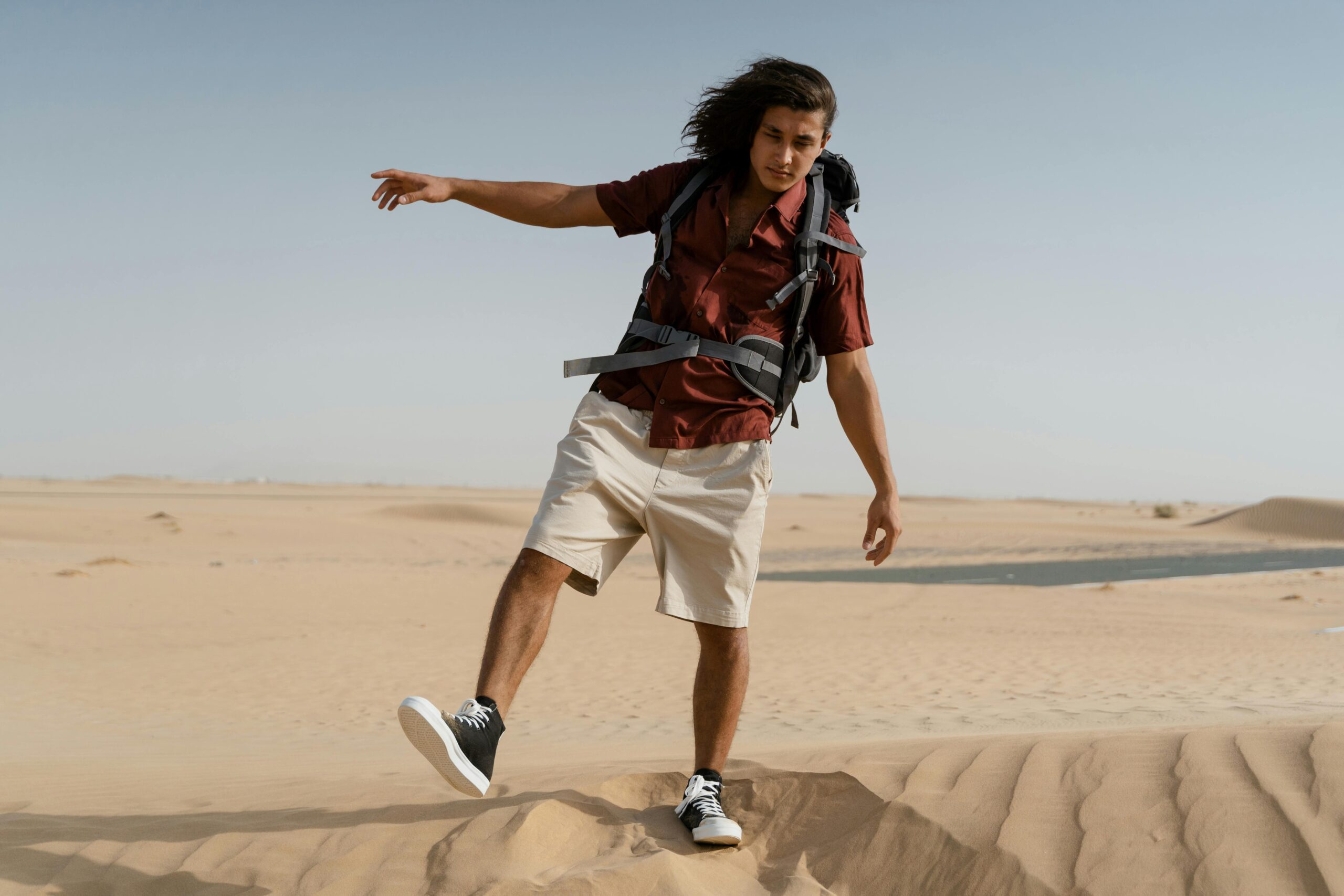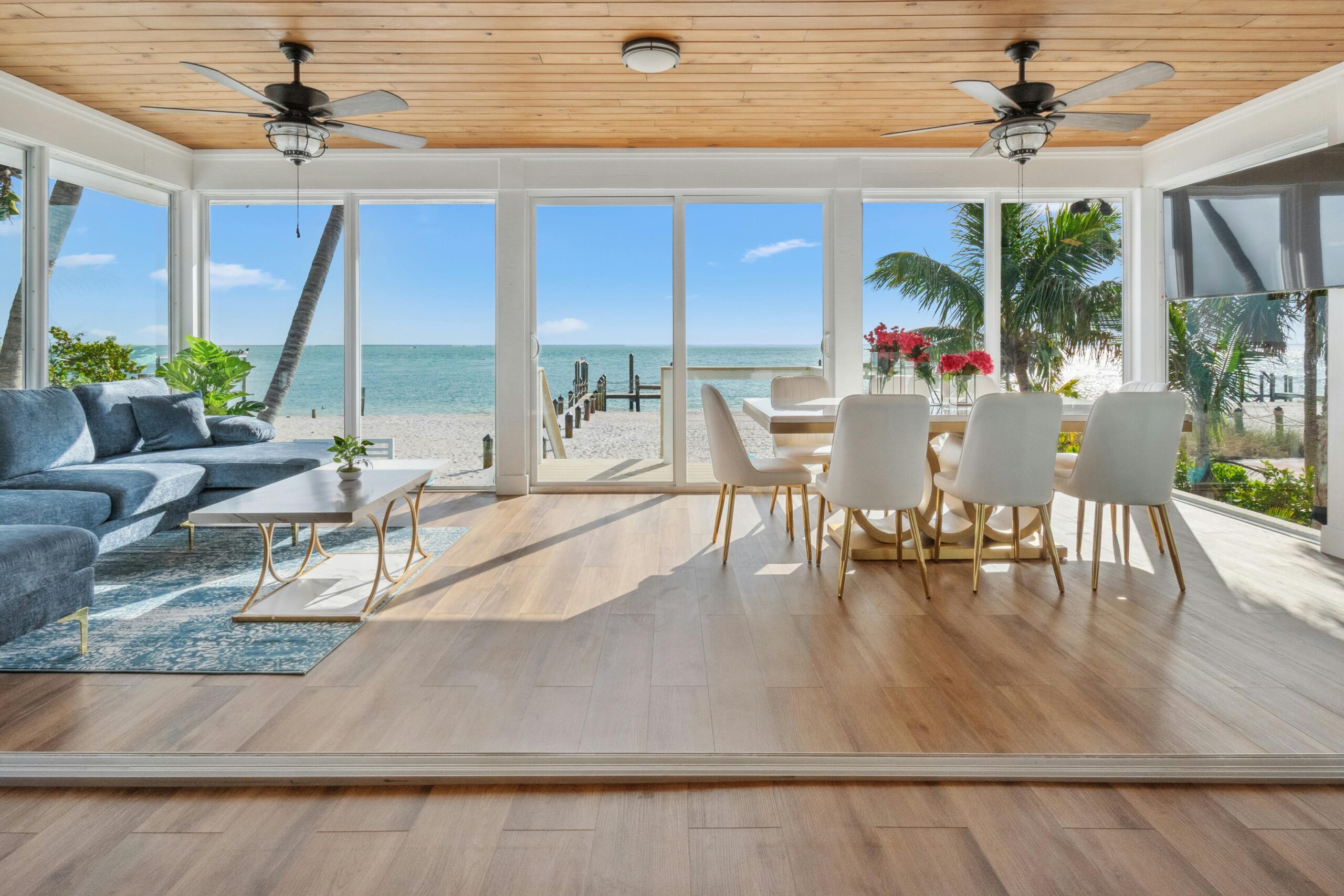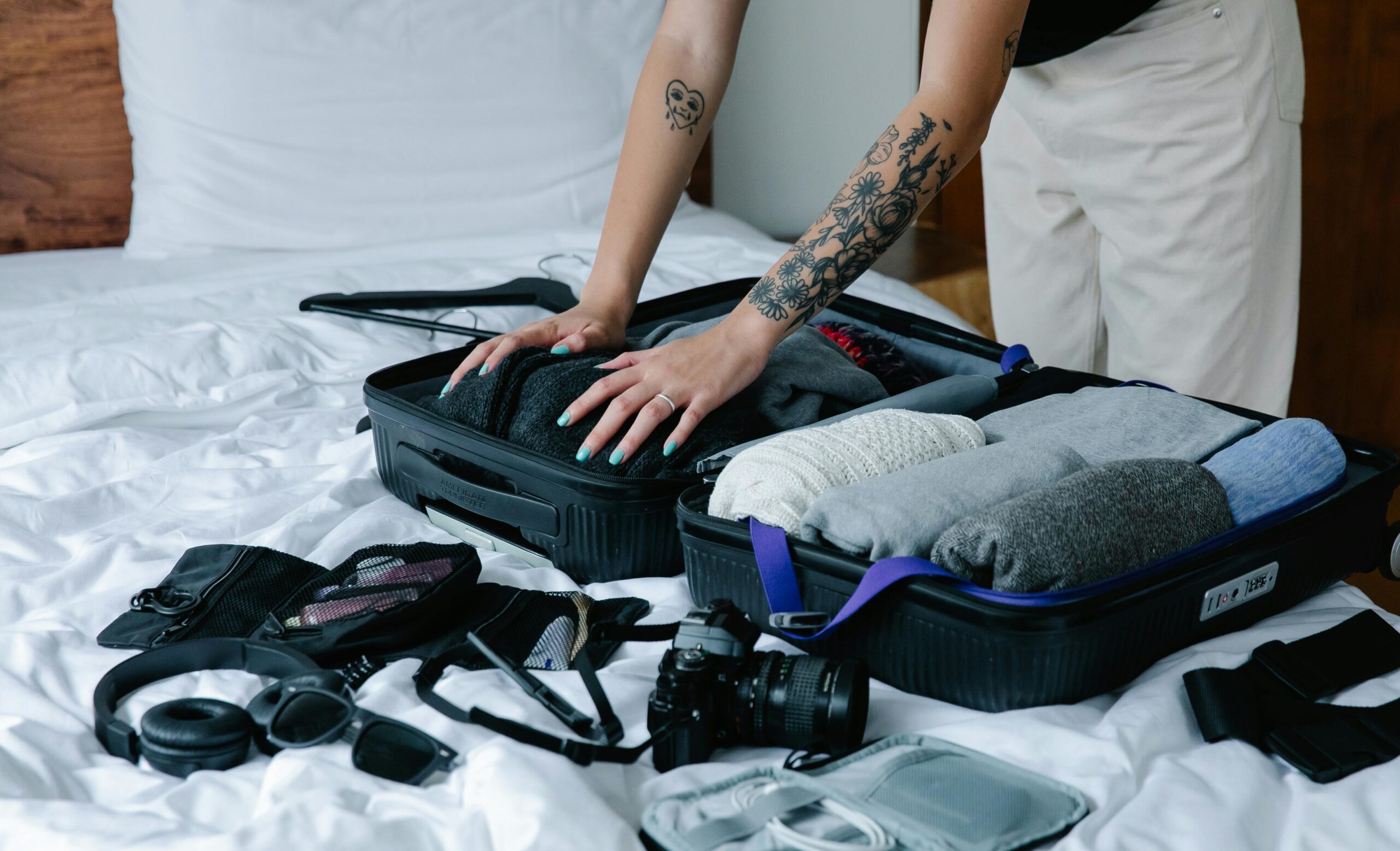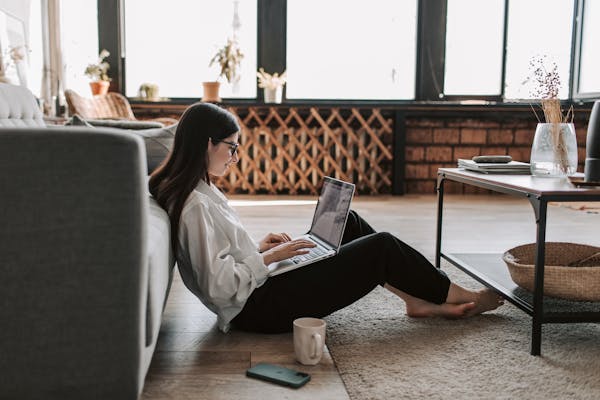Traveling solo can be one of the most empowering and fulfilling experiences a person can have. Whether you’re hiking through lush forests, navigating historic streets in Europe, or immersing yourself in the traditions of a remote community, traveling alone offers a unique opportunity to truly connect with the world and with yourself. You’re free to choose your path, change plans on a whim, and experience destinations on your own terms.
Know Before You Go: Research is Key
Preparation is the cornerstone of safe solo travel. The more informed you are about your destination, the smoother and safer your trip will be. Look into common safety concerns specific to the area. Are there tourist scams to watch out for? Is public transportation reliable? Are there any neighborhoods to avoid? Government travel advisory websites and seasoned travel bloggers can provide up-to-date insights.
Stay Connected: Keep Someone in the Loop
While you may be venturing out on your own, it’s wise to maintain a connection to someone you trust back home.
Before departing, share your travel itinerary with a friend or family member. Include flight details, lodging addresses, and dates of planned activities or tours. This way, someone knows where you’re supposed to be at any given time.
Set up regular check-ins—maybe a quick text every evening or a scheduled video call every couple of days. Apps like WhatsApp or Google Maps location sharing make it easy to let others know you’re safe.
It’s also a good idea to give a trusted person digital or physical access to copies of important documents like your passport and insurance, just in case anything gets lost or stolen.
Pack Light, Pack Smart
When you’re alone, mobility and ease are crucial. Traveling light isn’t just about convenience—it’s a safety measure too.
Carry versatile clothing that suits the local climate and culture. Layers are great for managing changing weather, and neutral-colored clothing helps you blend in more easily.
Don’t forget travel safety tools like a compact first-aid kit, a flashlight or headlamp (especially in areas with power outages), and a personal alarm or whistle for emergencies.
Distribute your valuables wisely. Keep your cash, credit cards, and ID in separate spots to minimize loss if one bag is stolen. Money belts, neck pouches, or under-clothes security wallets add an extra layer of protection.
Blend In with the Locals
As a solo traveler, you may naturally attract attention, especially in areas where tourists are rare. It’s smart to avoid standing out too much.
Dress in a way that respects local norms—this not only shows cultural sensitivity but helps you avoid being targeted as an outsider. Leave flashy jewelry and designer accessories at home.
Knowing a few phrases in the local language—like greetings, thank you, or emergency requests—can help you navigate unfamiliar situations and gain the respect of locals.
Observe how residents behave in public settings. For example, how do they interact with vendors, cross streets, or ride public transport? Imitating these behaviors can help you avoid drawing unwanted attention.
Always Be Aware of Your Surroundings
One of the most powerful safety habits is simply being alert. Awareness can help you avoid unsafe situations before they escalate.
Avoid distractions while walking—resist the urge to walk with noise-canceling headphones or to get absorbed in your phone. Staying visually and audibly aware makes you less of a target.
Your instincts are your best guide. If a place or person makes you uncomfortable, don’t second-guess yourself. Walk away, change your route, or seek out a more populated area.
At night, be especially cautious. Stick to well-lit streets, avoid shortcuts through alleyways or parks, and opt for transportation like a licensed cab or rideshare rather than walking alone.
Choose Safe, Well-Reviewed Accommodations
Your lodging should offer more than just comfort—it should make you feel secure.
Prioritize hotels, hostels, or guesthouses with strong reviews from fellow solo travelers. Look for mentions of helpful staff, good security, and safe surrounding areas.
Upon check-in, take a moment to examine the room. Check that the door locks properly and that windows are secure. Identify emergency exits and know how to reach reception if needed.
Use safes if available, or bring your own travel lockbox to secure valuables like electronics, passports, and extra money while you’re out exploring.
Be Mindful in Social and Drinking Situations
Meeting new people is one of the joys of solo travel, but it’s important to remain cautious—especially when alcohol is involved.
Know your personal limits and drink responsibly. Alcohol can impair your judgment, slow your reflexes, and increase vulnerability.
Use Technology to Your Benefit
Travel tech can be a solo adventurer’s best friend. Use it to navigate, communicate, and stay safe.
GPS apps like Google Maps or Maps.me help you find your way, even offline. Download maps before you lose Wi-Fi.
Consider downloading safety-focused apps like bSafe, Smart Traveler, or TripWhistle that offer features like SOS alerts, emergency contacts, and access to local emergency services.
Back Up Important Documents
Losing vital documents can turn a dream trip into a logistical nightmare.
Before you leave, scan or photograph your passport, ID, visa, travel insurance policy, and other important documents. Store them securely in cloud storage like Google Drive or Dropbox.
Don’t Skip Travel Insurance
It may seem like an unnecessary expense, especially if you’re on a tight budget—but travel insurance is an absolute must.
A good policy will cover you for medical emergencies, lost or stolen items, cancellations, and delays. Even minor issues can rack up huge costs abroad.
Read the fine print of your policy and make sure it covers solo travel, adventure activities, and medical evacuation if needed.
Final Thoughts: Prepared, Not Paranoid
Traveling alone offers freedom, flexibility, and a deep sense of personal achievement. While it’s important to stay alert and prepare for the unexpected, solo travel doesn’t have to be risky. With the right precautions, you can explore the world boldly and safely.



